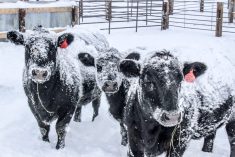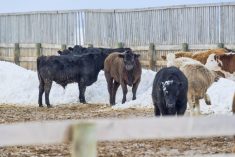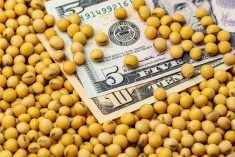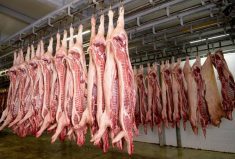Chicago | Reuters — U.S. live cattle futures climbed to a seven-month high on Monday, supported by monthly U.S. feedlot data that was not as bearish as some had feared, traders said.
Traders also cited spillover strength from record highs on Wall Street equity markets and forecasts for a winter storm this week that could stress cattle in portions of the U.S. Plains.
February live cattle futures on the Chicago Mercantile Exchange (CME) settled up 1.3 cents at 125.15 cents/lb. after reaching 125.825 cents, the contract’s highest since April 23 (all figures US$). Front-month December ended up 1.025 cents, at 119.7 cents.
Read Also
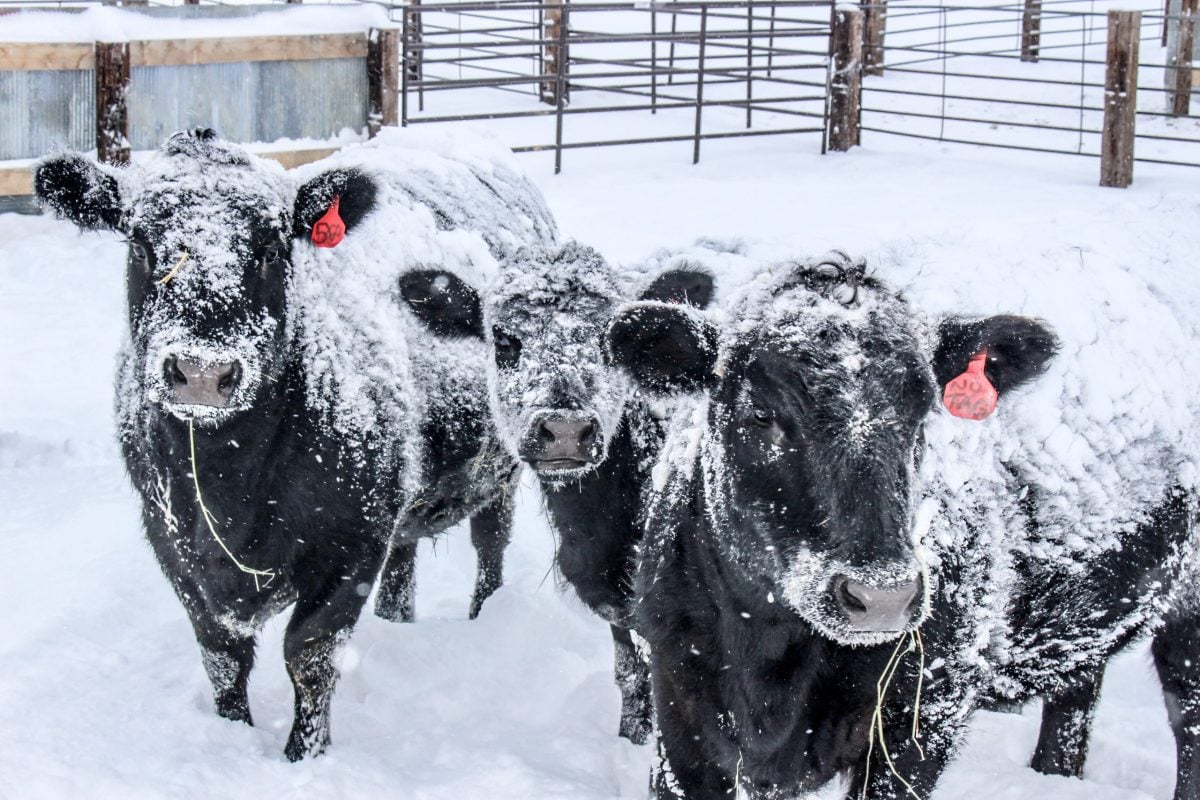
U.S. livestock: Cattle rise, lean hogs mixed
Chicago lean hog futures ended Tuesday mixed while cattle made gains. Most-active February lean hog contracts closed down 0.475 cents…
CME January feeder cattle futures rose 2.7 cents, to finish at 141.975 cents/lb.
The U.S. Department of Agriculture on Friday reported October placements of cattle in U.S. feedlots at 2.477 million head, up 10 per cent from a year ago but just below the average trade estimate for an 11.4 per cent increase.
“The report did not come out as bearish as anticipated,” said Jeff French, analyst with Top Third Ag Marketing in Chicago.
Strength in outside markets lent support. Each of Wall Street’s three major averages kicked off the trading week with record closes as signs pointed to progress between the U.S. and China on a trade truce.
“When you have the outside markets as strong as they are, it tends to spill over into the cattle market,” French said, noting that consumers are more likely to buy pricey cuts of beef when stock markets are strong.
Also supportive was the U.S. National Weather Service’s forecast that a storm would bring snow and high winds on Tuesday to the central Plains including Nebraska and Kansas, two major cattle feedlot states.
CME lean hog futures closed mostly firm.
Benchmark February lean hogs closed up 0.1 cent at 67.75 cents/lb., with back months posting larger advances, including April hogs up 0.175 cent at 73.875 cents.
Hog futures drew support from expected increases in weekly U.S. pork export sales figures after USDA said on Monday that commodity exporters must disclose sales of hog carcasses, effective immediately.
Previously, USDA told exporters to report sales of “muscle cuts.” Traders said it was unclear whether that included different types of carcasses.
China’s pork imports have nearly doubled this year as a fatal pig disease has decimated its herd and pushed prices of the country’s favourite meat to record highs.
China is buying U.S. hog carcasses from companies like WH Group’s Smithfield Foods because Chinese meat processors need entire animals, not just certain cuts, during the disease outbreak, according to analysts.
USDA’s clarification of the reporting requirements should result in higher weekly pork sales figures, French said.
“I think that will affect exports drastically, when we get the new numbers with the carcasses in there,” French said.
— Julie Ingwersen is a Reuters commodities correspondent in Chicago.




